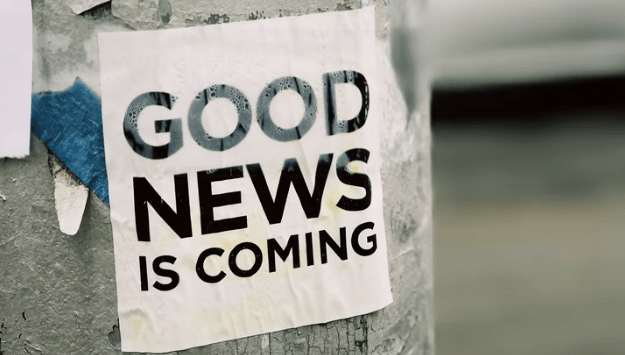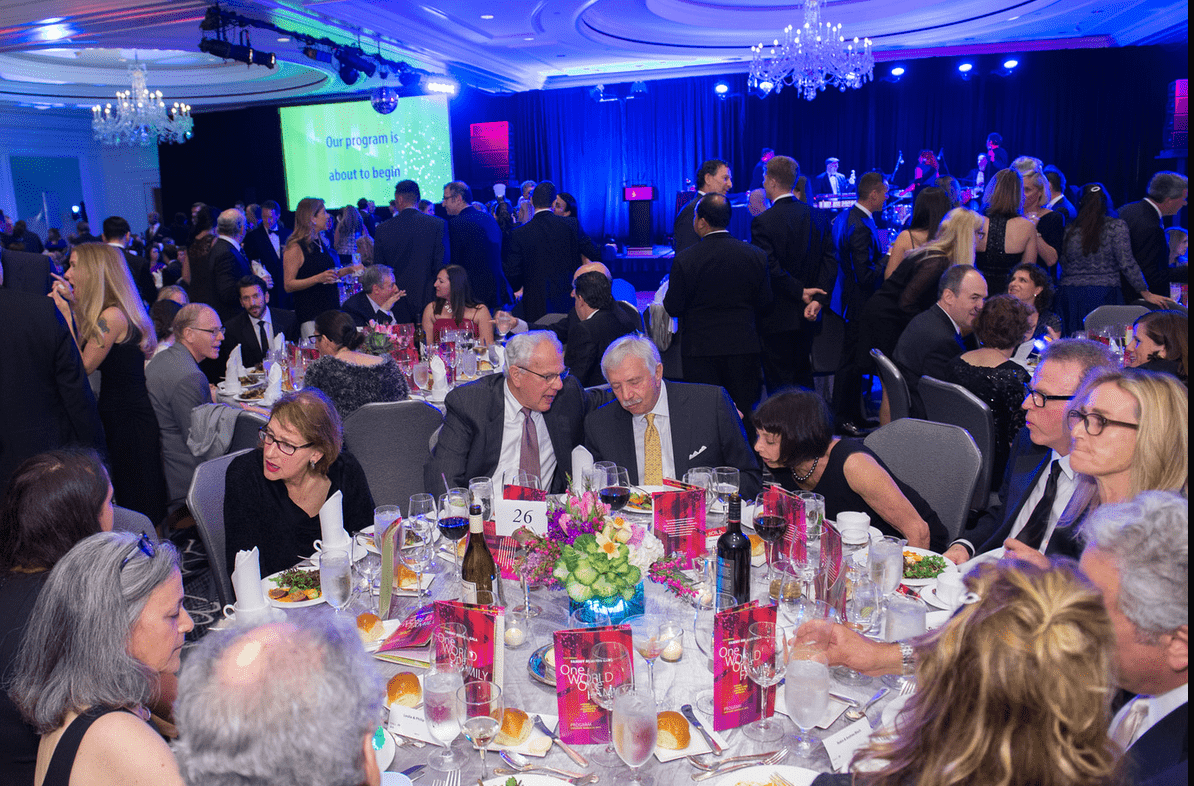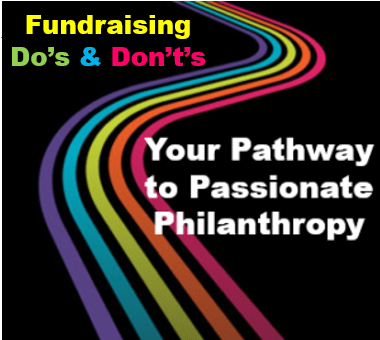 I’m excited to share three easy tips with you, and the results are measurable. Do these things and you’ll be able to tell if they impact your bottom line!
I’m excited to share three easy tips with you, and the results are measurable. Do these things and you’ll be able to tell if they impact your bottom line!
I was inspired to share these ideas with you based on a 2019 study by NextAfter and Kindful looking at how organizations are cultivating donors via email. They found plenty of data-driven ideas that can improve donor retention and boost online fundraising revenue — by as much as 27%!
Think about how much an increase like that could mean for your organization!
That’s right!
“Make way…” for these ridiculously easy, revenue-boosting strategies!
If you raised $100,000 last year, you could raise $127,000 – or more – this year.
And that’s without having to apply for a new grant, hold a new fundraising event or even ask for a new major gift or two to reap these rewards.
All you must do is simply pay a little more attention to your follow-through communication with donors.
Did you know most of the top reasons donors give for not renewing their giving have to do with how you do/don’t communicate with them after they make a donation?– or fail to personally, meaningfully and promptly communicate.
Meaningful, regular donor communication can hugely impact your bottom line.
To make a demonstrable difference in donor behavior, however, your communication strategy must tick more than one box. It must be prompt, personal and relevant to what your donor cares about and how they want to hear from you. Don’t just guess what your donors might like from you. Ask them! In fact, surveys, social media queries, online quizzes, solicitations for comments and feedback are all wonderful ways to communicate digitally in a manner that personally engages your supporters.
Never forget: The best fundraising is personal.
So… what are you waiting for?
Here are three strategies revealed by the research:
Details
 “Begin at the beginning and go on till you come to the end; then stop.” So wrote Lewis Carroll in Alice in Wonderland.
“Begin at the beginning and go on till you come to the end; then stop.” So wrote Lewis Carroll in Alice in Wonderland.

 Underlying this 1-2-3 formula is a need for balance.
Underlying this 1-2-3 formula is a need for balance.


 There’s a treasure trove of knowledge and research around major gift fundraising. What works well. What doesn’t work at all. What’s, at best, half-baked.
There’s a treasure trove of knowledge and research around major gift fundraising. What works well. What doesn’t work at all. What’s, at best, half-baked.



 I’m excited to share three easy tips with you, and the results are measurable. Do these things and you’ll be able to tell if they impact your bottom line!
I’m excited to share three easy tips with you, and the results are measurable. Do these things and you’ll be able to tell if they impact your bottom line!

 Money left on the table is one of my pet peeves. It’s really beyond a peeve.
Money left on the table is one of my pet peeves. It’s really beyond a peeve.